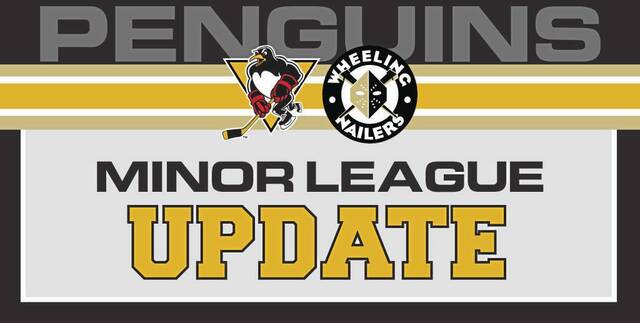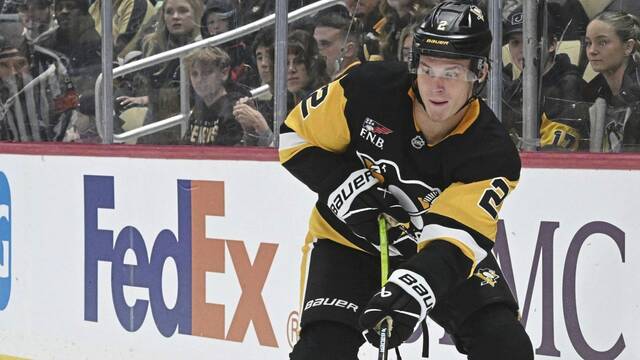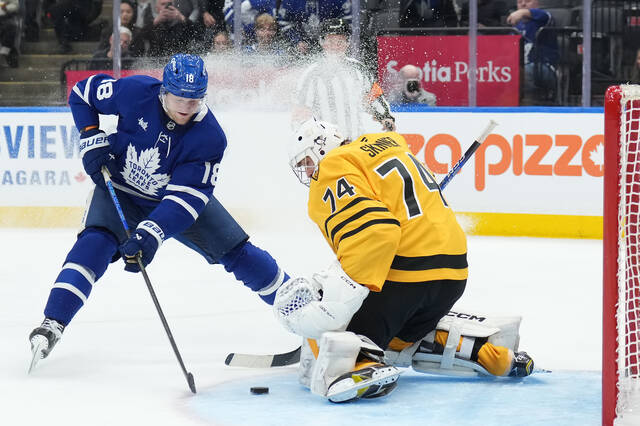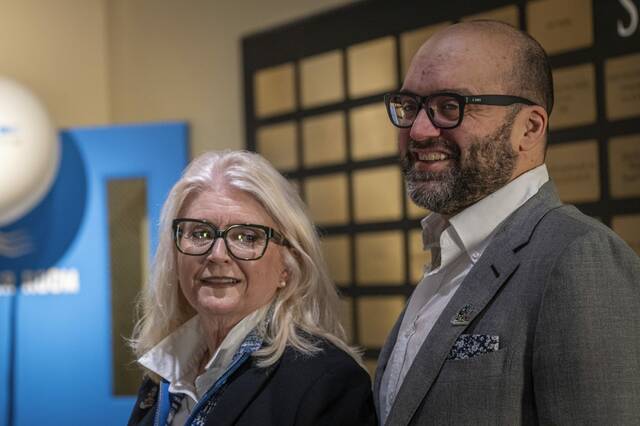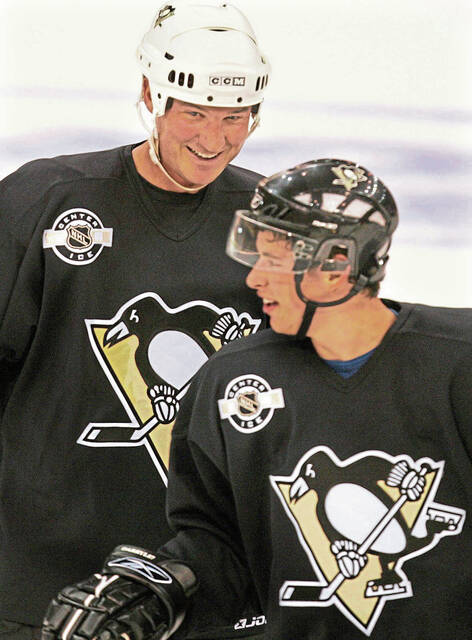Hockey players and coaches are rarely hesitant to say if the ice they’re playing on is crisp or sloppy.
At the same time, they’re usually quick to follow any negative feedback on the subject with the standard qualifier of, “Both teams play on it.”
But what about when a dozen teams are playing on it?
In August.
One of the biggest logistical concerns for the NHL as it embarks on its postseason tournament beginning next month is the quality of the playing surfaces in Toronto’s Scotiabank Arena and Edmonton’s Rogers Place.
With 12 teams split between the two cities, up to three games a day will be played on each rink.
For the Pittsburgh Penguins, the potential of playing on slushy ice will be more than likely as they are slotted to be in the third game all five days they are scheduled to face the Montreal Canadiens in the preliminary round. In the event other series conclude before theirs, the Penguins could be the second or only game played that day.
It’s something they’ve been preparing for over the past two weeks during their training camp in Cranberry.
“Our first practice we had here, it was starting to get a little bit chippy and not as good,” defenseman Kris Letang said via video conference last week. “And the coaches asked us if we wanted to switch over to the other side (auxiliary rink). We all said no, that we were probably going to face tough conditions, especially playing at (8 p.m.) So we’re trying to get used to it right now. If it’s good, it’s even better. But we’re trying to practice on no-so-good ice right now.”
“Well, it’s certainly something that we have discussed with our guys,” coach Mike Sullivan said. “Common sense would suggest you’ve got three NHL games on the same sheet of ice, when we’re the third game in the middle of the summer, it’s a whole lot more challenging to maintain a high quality of ice. That just might be a reality that we face when we’re up there.”
The challenge for the NHL’s hockey operations personnel figures to be more daunting in Toronto than Edmonton. Scotiabank Arena is the older of the two venues, having been built in the late 1990s. And being that the building sits three blocks away from the northern coast of Lake Ontario, humidity would figure to be a concern, particularly in the heat of August and at an elevation of a mere 251 above sea level.
In comparison, Rogers Place was opened in 2016. And with more than a mile from the North Saskatchewan River as well as an elevation of 2,116 feet, humidity isn’t as big of an impediment.
Those differences are one of the many reasons the NHL has scheduled the conference finals and Stanley Cup Final in Edmonton.
Regardless, the NHL has professed the surfaces won’t be an issue, particularly with no fans in either venue.
“Our challenges in the past have been with ice, particularly (during normal playoff times of late spring), have been the heat, and the real problem is when the doors open in any facility and the fans are in the building.” NHL senior executive vice president of hockey operations Colin Campbell said. “And basically also the body heat of the fans. We have no issues, no concerns about the ice conditions, and we’ve talked with our ice guys in depth about this.”
Still, these venues will have a lot of players, coaches, trainers and other team staffers, as well as their equipment, moving in and out throughout the day, at least in the early rounds. That means a lot of loading ramps constantly being open, letting the outside in.
“I’m sure the league has thought about that,” forward Jason Zucker said. “They’re going to do their best to keep it up to par, on par with the league standards. But I can’t imagine it’s going to be fantastic. And I think a lot of it is just going to be out of their control and hard to control with the heat in Toronto. I’m not sure what the temperature will be but when you’re in August, it’s going to be hot.”
For the Penguins, the challenge could be considerable just based on their opponent in the qualifying round.
The limited Canadiens should have no interest in running and gunning with the talented Penguins. Montreal coach Claude Julien typically directs teams with stout defenses and has frustrated the Penguins offensive stars in years past, particularly as the coach of the Boston Bruins team which swept the Penguins in the 2013 Eastern Conference final.
Bad ice isn’t going to be enough of a factor to help the Canadiens pull off an unlikely upset, but it probably aids them more than it does the Penguins.
“As I said to our guys, both teams have to play on the same ice surface,” Sullivan said. “That’s just something that we’re just going to have to be aware of and acknowledge. If we have to simplify our game through that process, then that’s something that we’re going to have to do.”
Ultimately, the biggest factor in ice quality will be how much it is used. While morning skates will be held at a practice facility in early rounds, there still will be up to three games of intense postseason hockey played on each surface each day in the early rounds. And the prospect of multiple-overtime games always looms in any postseason scenario.
“With other games being played on it … from my past experience, having a couple games on it will probably affect it,” said captain Sidney Crosby, who has played similar formats in international tournaments. “It’s the same for both teams. It’s just something you have to play through.”
For the past two weeks, the Penguins have practiced through it.
“I don’t think it’s a bad thing that our guys had to skate on some ice throughout the course of this (training camp) that was less than ideal,” Sullivan said. “If we work on a power play, for example, at the end of practice as opposed to the beginning of practice, the quality of the ice isn’t usually as good. So you have to have that much more focus when you’re passing the puck. You might have to simplify what you do out there and put more pucks on the net and create your offense different ways. That’s certainly something that we’re aware of.
“We’ll see what happens when we get up there. But it is something that we’ve anticipated.”



